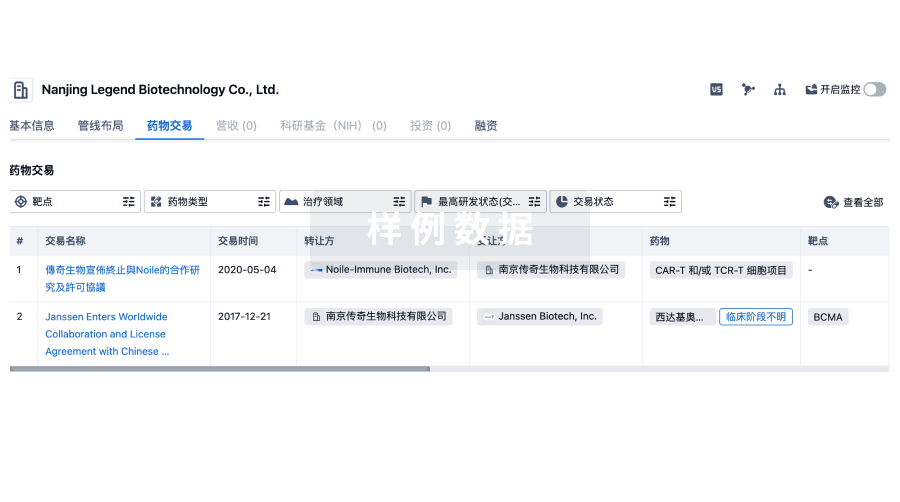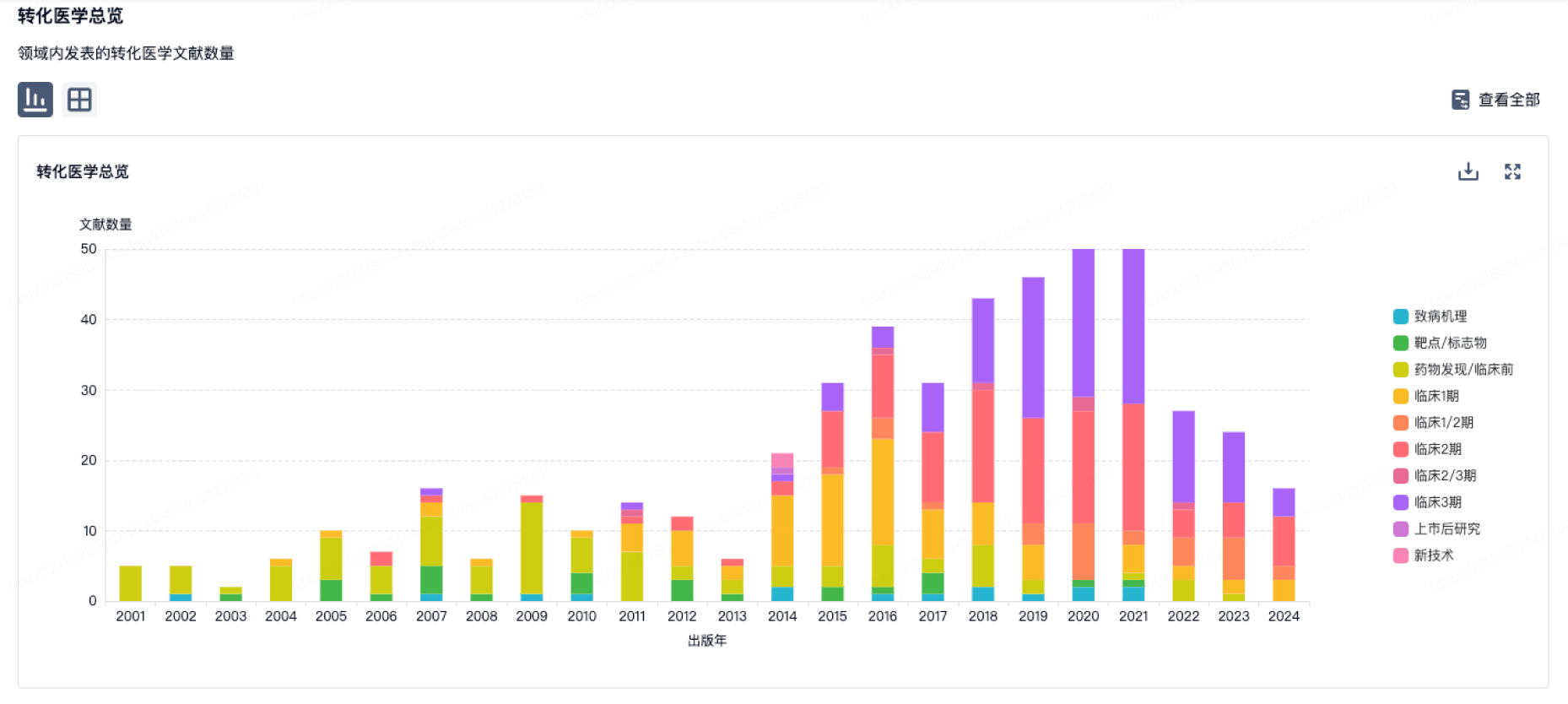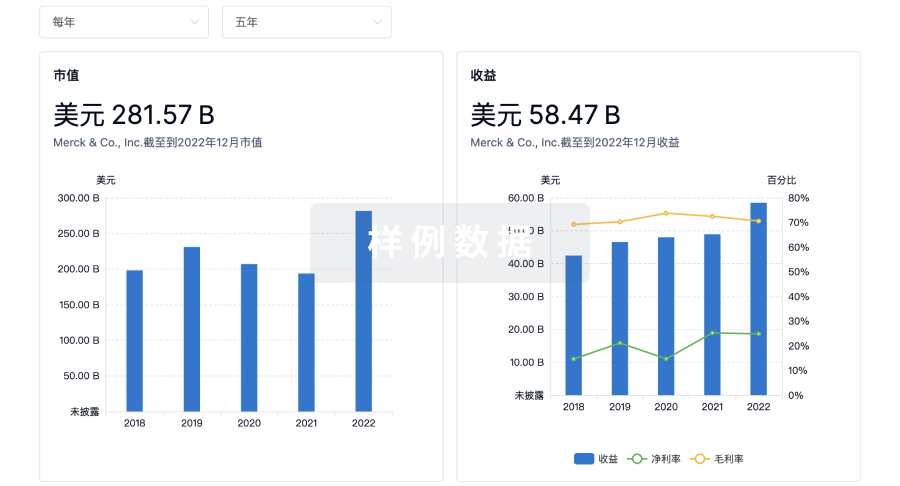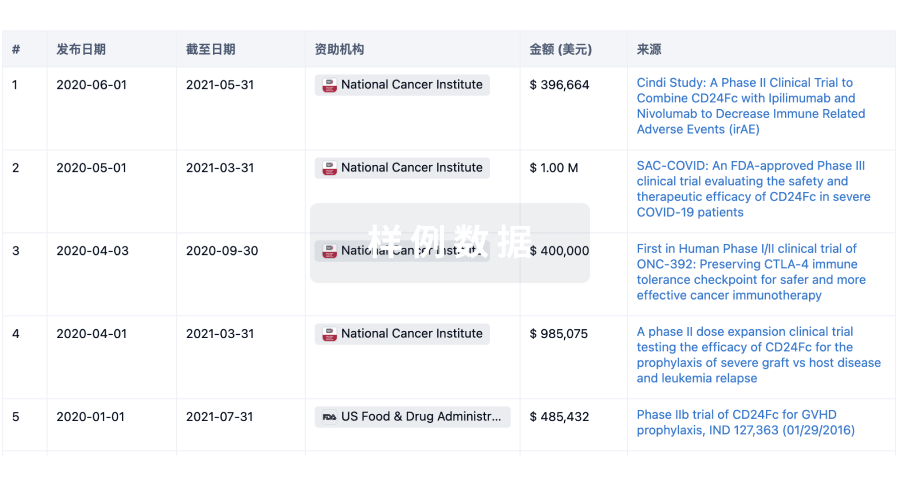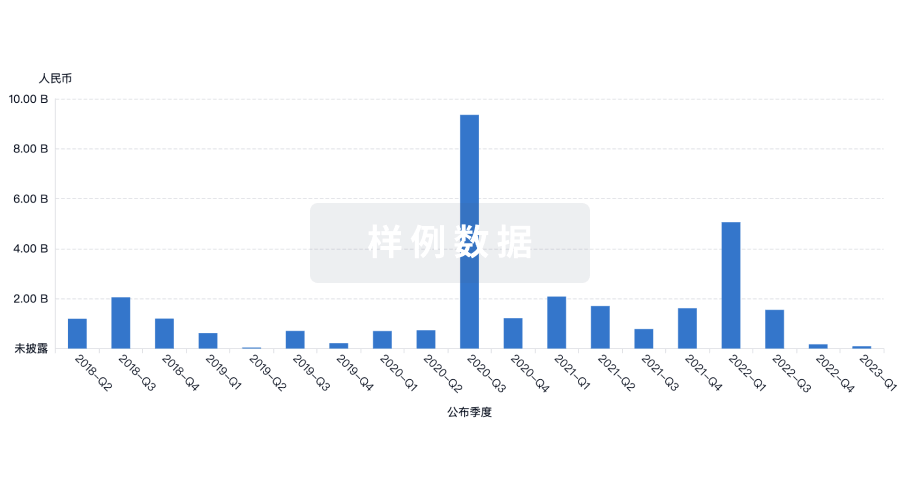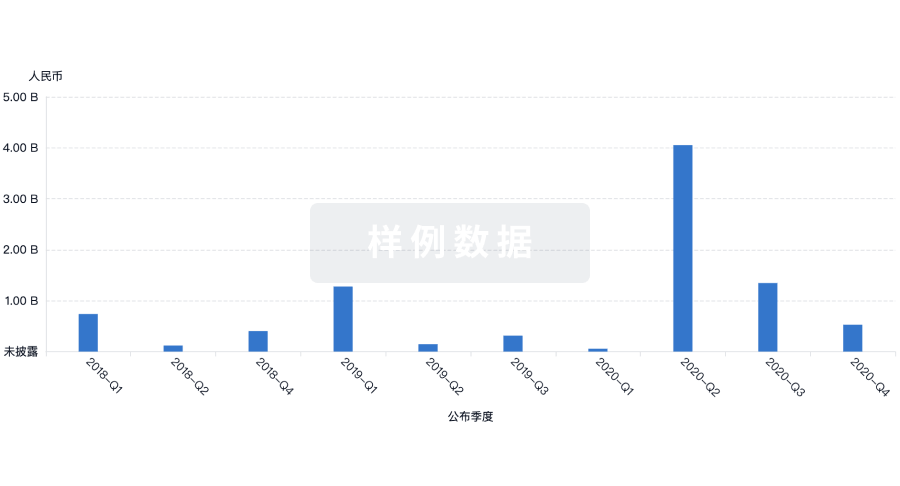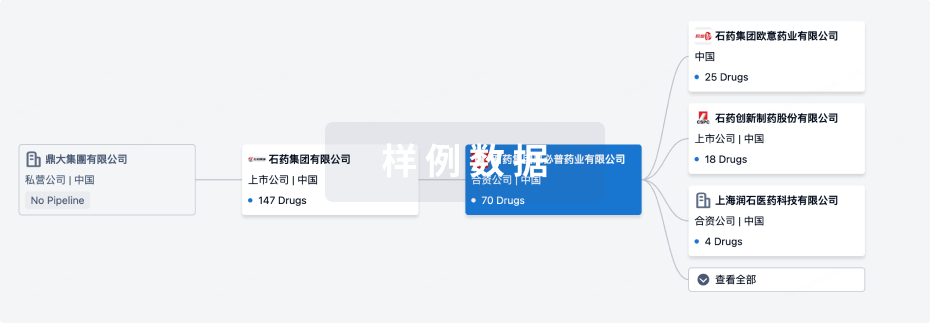Hypoxia-induced brain damage can cause consciousness, memory failure and death. HK2 and TPI1 were investigated to see how they change hypoxia sensitivity in neurons and non-neurons. Hypoxia sensitivity is determined by the differential overexpression of both important glycolytic enzymes in neuronal and non-neuronal cells. C6 glioma cells expressed greater HK2 and TPI1 protein than neuro 2A cells, which were more sensitive to hypoxia-induced cell death by MTT and lactate dehydrogenase leakage assay. After 48 h of hypoxia, C6 glioma cells displayed substantial protein upregulation of HK2 and TPI1 glycolytic proteins but not mRNA. Hypoxia did not raise HK2 and TPI1 mRNA transcription, pointing at post-transcriptional protein regulation. Using di-cistronic and promoter-less di-cistronic assays, we discovered significant IRES regions in HK2 and TPI1 mRNA's 5'UTR, more active in C6 glioma cells with polypyrimidine tract binding (PTB) protein. We concluded that non-neuronal cells varied in HK2 and TPI1 overexpression, altering their vulnerability to hypoxia-induced cell death. Adjusting HK2, TP1 and PTB levels may prevent hypoxia-induced brain cell death. These results offer new information on glycolytic enzyme modulation under hypoxia, crucial for comprehending cell survival in hypoxic situations. This could affect situations like neurodegenerative illnesses or ischaemic injuries, where hypoxia-induced cell death is crucial.

